As we celebrate Ireland and all things Irish this St Patrick’s Day there is no better time to also reflect on the Irish contribution to the wider world. With the second edition of my book What have the Irish ever done for us? I do exactly that. The Currach Books title features wonderful illustrations by Alba Esteban and details the achievements and contributions of numerous Irish people all around the world. Here are just a few of those included.
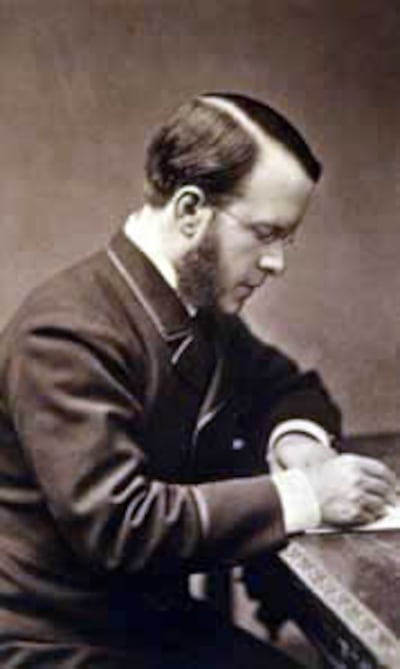
Thomas John Barnardo
The son of a Dublin furrier, Thomas John Barnardo established the 'Ragged School' in London's East End in 1867. Barnardo worked tirelessly at expanding capacity and within a few years he had around a dozen properties in the East End providing food, shelter and accommodation for destitute children. In 1873 he married Syrie Louise Elmslie and as a wedding present they were given a lease on a 60-acre site to the east of the city at Barkingside. The site had developed by 1900 into a major centre with 65 cottages, a school, a hospital, a church and even a village green. Thomas died in 1905 at the age of 60 by which time the charity he founded was operating 96 homes caring for vulnerable children and had helped more than 60,000 children in total. By 2013 Barnardo's was raising more than £200 million every year, operating 900 services. Barnardo's today is the largest children's charity in the UK and is still based at Thomas' old HQ in Barkingside.
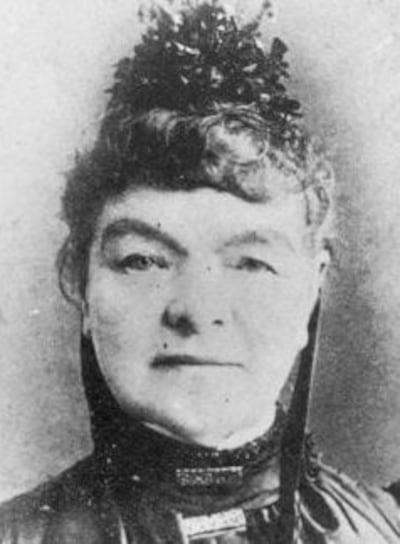
Mary Lee
Born in Monaghan in 1821, Mary Lee was one of the foremost social reformers and suffragist campaigners in Australia.
She was a driving force behind the suffrage campaign that saw women in South Australia gain the vote in 1894, the second jurisdiction in the world to do so. She also led the charge for children’s and worker’s rights.
A memorial to her stands on Adelaide’s North Terrace inscribed “My aim is to leave the world better for women than I find it”.
Hugh O'Flaherty
Monsignor Hugh O'Flaherty was a senior official in the Vatican during the second World War. The Kerry man was responsible for saving the lives of an estimated 6,500 people, mostly Allied soldiers and Jews. His amazing ability to evade capture and detection by the Nazis earned him the nickname "The Scarlet Pimpernel of the Vatican".
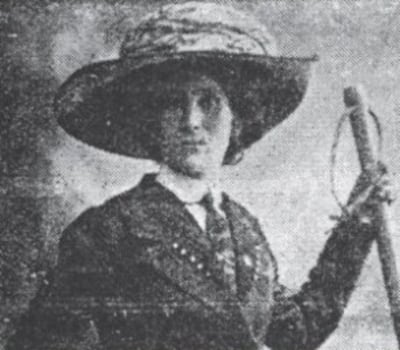
Mary Fitzgerald
Mary Fitzgerald, also known as "Pickhandle Mary", became the first female trade unionist in South Africa. She was born in Co Wexford in 1882. In Johannesburg she took a job with Mine Workers Union as a typist and it was while working there that she became aware of the appalling conditions South African miners were forced to endure. She became involved with the union herself and developed a reputation as an effective public speaker. As well as fighting for the rights of the miners she also joined the South African suffrage movement.
During a tram workers strike in Johannesburg police charged the workers using pick handles as weapons some of which were dropped in the fray. Mary picked one up and delivered a defiant speech in favour of workers’ rights brandishing the pick handle, earning her the nickname “Pickhandle Mary”.
In 1915 she became the first woman to be elected to the Johannesburg City Council and the first woman to hold public office in the city. On her retirement she was presented with a new car and was reputedly the first female car owner and driver in the city. Mary died in 1960 at the age of 78 and the pick handle she held is now on display at the Museum of Africa in the city that faces onto one of the major public squares in Johannesburg, known as Mary Fitzgerald Square.
Bob Collis
Dr Bob Collis, who was born in Dublin in 1900, developed Ireland's first dedicated neonatal services for premature babies at the Rotunda Hospital. He travelled to Belsen concentration camp at the end of the second World War to help care for survivors and adopted two children from the camp. He was one of the founders of Cerebral Palsy Ireland and helped Christy Brown write his famous autobiography My Left Foot.
Leonora Barry
A farmer's daughter from Co Cork, Leonora Barry became one of the first effective advocates for working women in the United States. She joined the Knights of Labor union in Chicago 1884 and within a year had become president of her local district representing more than 9,000 members. She then represented the district as a delegate to the General Assembly where she was elected head of the newly created Department of Women's Work.
The aim of the department was to collect information on women’s working conditions across the country and lobby for improved pay and conditions. Leonora was one of the first women to hold such an office regionally and the first female national representative in any union. Following her appointment she embarked on a new life as an investigator travelling all around the country. She was the first person to compile detailed reports on the working conditions of women across the country and also did valuable work in combatting child labour. In 1893 she delivered a memorable speech at the Columbian exposition in Chicago on The Dignity of Labor.
Andrew Carney
The classic self-made man, Andrew Carney didn't have much to start with in life, but that certainly didn't stop him, and by the time he was finished he had given a substantial portion of his fortune away. Born in Ballinagh, Co Cavan, he emigrated to Boston where he established one of the biggest and best-known clothing firms in the city. He then became involved in the financial world, helping found two banks and also becoming a director of the John Hancock Life Insurance Company. In his early 50s Carney began to devote himself almost entirely to philanthropic and charitable endeavours, having a profound impact on the growing city of Boston in the process.
He became a benefactor of a home for homeless boys and made a major donation for a new orphanage run by the Sisters of Charity. He was also active in donating towards church buildings and paid for the land that was used for the building of the Cathedral of the Holy Cross in the South End neighbourhood. He was instrumental in the development of Boston College, now one of America’s leading Catholic universities, and became well known around the city for donating to the poor as he went about his daily business. In 1863 he purchased a large old house in the Dorchester Heights area that had fallen into disrepair. The Howe Mansion as it was called would become the Carney Hospital for the sick and the poor and he stipulated that it could not discriminate against accepting patients because of their race. The Carney Hospital still operates today as a community teaching hospital in Dorchester while Boston College’s Carney Hall remembers the merchant and philanthropist who did so much to develop the institution.
Paul Kane
Paul Kane from Mallow, Co Cork, was one of Canada's most important early painters. He explored western Canada and the Pacific Northwest of the US when it was still largely unknown to Europeans and painted hundreds of pictures from sketches he made of the native people he met. Kane's work provides a unique record of a now vanished culture and is an important part of Canada's national heritage. He died on February 20th, 1871.
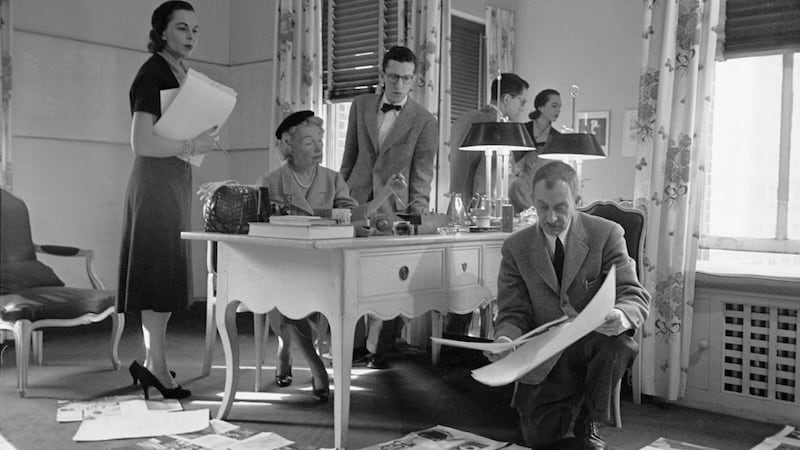
Carmel Snow
Virtually unknown in Ireland, Carmel Snow from Dublin became the most influential fashion editor of the first half of the 20th century. As the transformational editor of the once dowdy Harper's Bazaar magazine her impact on the world of fashion was enormous and laid the groundwork for the modern fashion publishing industry. She had a particular gift for spotting raw talent and was responsible for aiding the careers of numerous designers, photographers, writers and models including Diana Vreeland, who would go on to become the celebrated editor of Vogue.
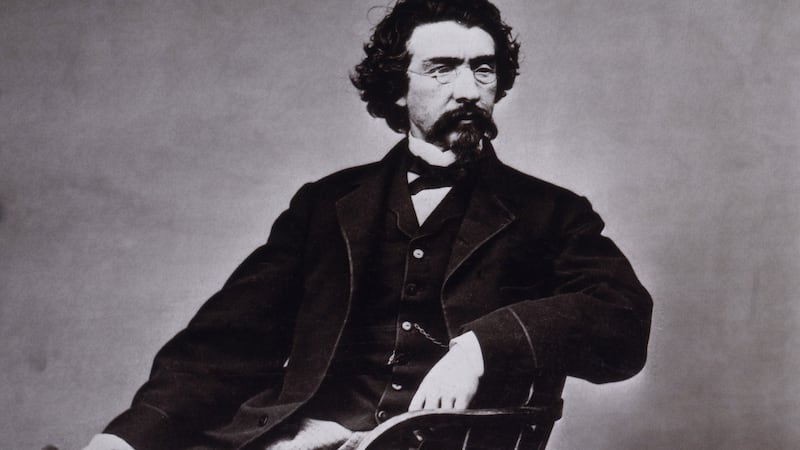
Mathew Brady
The father of American photojournalism, a photographic pioneer and the man responsible for the most valuable photographic record of the American Civil War, Mathew Brady is probably the most important figure in the history of American photography. He was traditionally thought to have been born in Warren County in upstate New York to Irish immigrant parents Andrew and Samantha Brady. More recent evidence from census returns, however, suggests that Brady may have been born in Ireland. It is for Brady's work during the American Civil War that he is now best known, providing an incredible record of the conflict from the experiences of the ordinary soldiers, the terrible conditions they endured, the battlefields, commanders and leaders on both sides.
What have the Irish ever done for us? is available in all good bookshops or online at currachbooks.com









